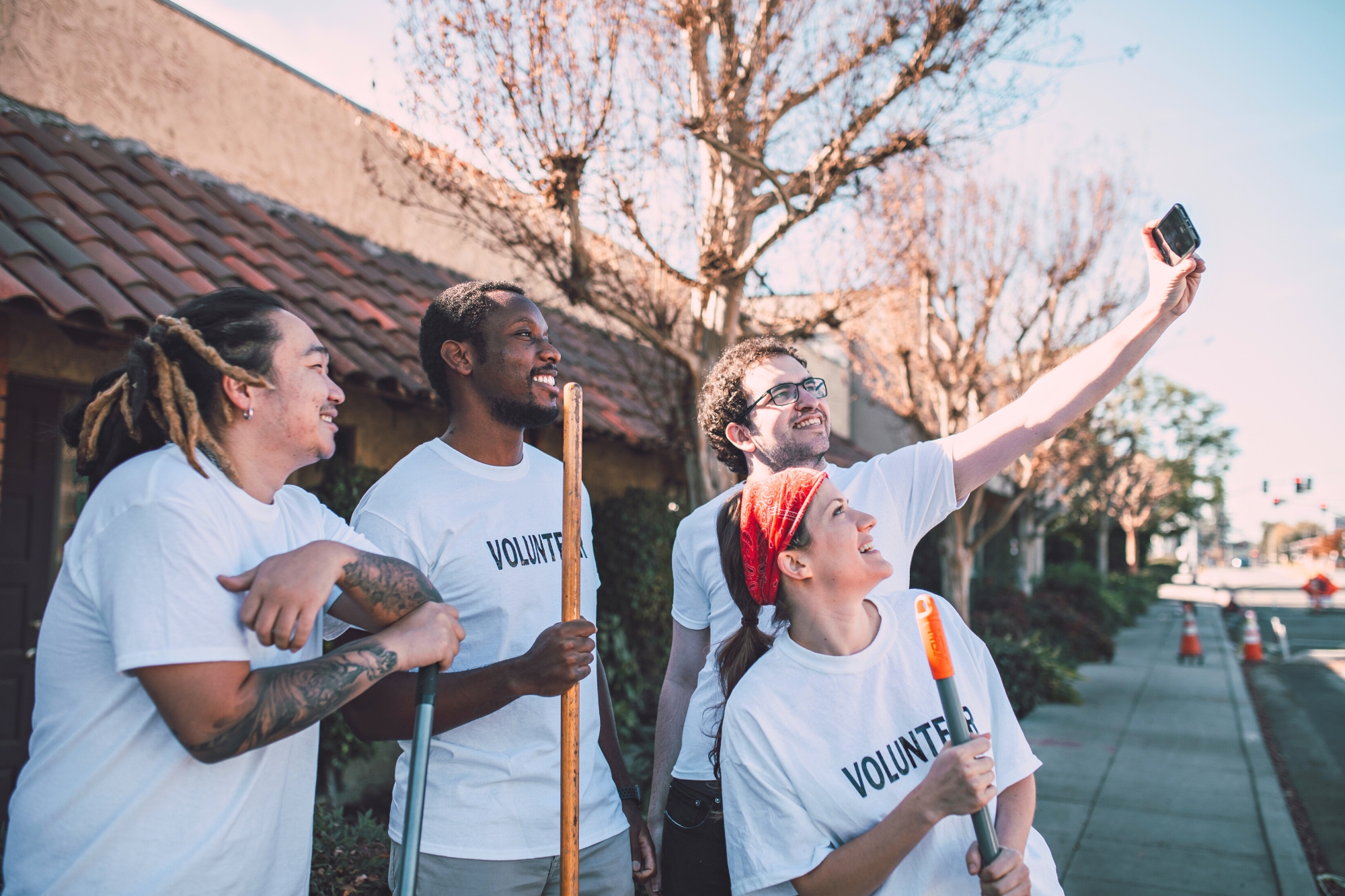Kick Off Your Campaign with Branded Political Campaign Materials
As an even-numbered year and a presidential election year, 2020 will be packed with political campaigns. Every four years, we elect our president, vice president, one-third of the Senate, and the entire House of Representatives. That doesn’t even include hundreds of state and local offices that are being filled. A few years ago, one Illinois county had 140 political races.
Candidates will use every means possible to deliver their messages -postcards stuck in mailboxes by the postal carrier, campaign yard signs stuck in lawns, Facebook ads on social media. Those with larger budgets will buy commercial time on television and radio and advertising space in newspapers for their political messages.
Before they make their first ad buy or print their first sign, most political candidates will develop their branding.
Branding reinforces a candidate’s message and identity. It also keeps all marketing –no matter what form it takes– consistent. Political candidates aren’t products, yet what their campaigns do to build awareness is similar to what major brands–think Target or McDonalds–do to build theirs.
In campaigns, political candidates typically come up with their slogan, choose a color or colors, create a logo that they’ll use in all of their materials and advertising. Then they stick to their choices–if navy blue is their campaign color, they don’t shift, mid-campaign, to printing their logo in violet or green. The payoff for that consistency comes when citizens see a sign or a billboard a few times and start to remember the candidate, maybe even do a little research to learn more about them and their beliefs. Creating a brand also eases decision making for overworked and stressed campaign offices. Having logos, slogans and colors in place makes it easier to quickly put together campaign marketing.
Here are some recommended best practices for creating effective branding for political campaigns.
Make it personal
A campaign brand communicates who a candidate is, what office they seek and what they stand for. This all has to be accomplished in a few words, given that mediums like postcards, billboards, yard signs and Facebook ads have limited space for copy. It can be tricky but creative design teams often see ways to give marketing a personal connection. Take, for example, the creative team that used a wheat field in the background of a Midwestern state office candidate’s signs or the design team that personalized the campaign materials of a former astronaut by using symbols of space exploration.
A candidate’s political experience –or lack of experience– can also influence the approach to branding. An incumbent or familiar political figure might develop a brand that centers on well-known, past successes. Some candidates are so well-known that they can use only a first name on their campaign materials, although that’s pretty rare. A political newcomer will need to literally make a name for themselves through a profusion of yard signs and postcard mailings.
Develop a strong, short message
Having a strong campaign slogan–typically no more than four or five words–can help voters better remember and identify with a candidate. The slogan can be used succinctly on signs, in social media and then can be expanded upon in scripts for television and radio and in newspaper ads, where there is more room to elaborate. The best marketing strategies map out how branding will be used across all forms of media. A creative team will know the limitations of each form of marketing –for example, that Facebook ads allow only 1/5th of the ad graphic to be text.
Use your budget wisely
A campaign’s budget will determine what kinds of marketing will be used and in what amounts. A small, local campaign might find that yard signs are a good investment. They cost less than television, radio and newspaper ads, and they get much attention when posted along well-traveled streets. In considering signs and other printed materials, it’s good to remember that the cost per piece goes down as the size of a print order increases. Of course, no candidate wants to be left with dozens of unused signs or brochures, but there is often cost savings in ordering a larger quantity than you think you’ll need and then finding ways to make use of what you have ordered.
Use a design team
The first-time political candidate might go straight to a printer who can crank out political posters and yard signs. That might not be the best first step though.
One way to stand out among other candidates is by consulting with a creative design team that can come up with branding that is fresh, different and effective.
One example of the positive impact of creative design firms is the move away from the ubiquitous red, white and blue toward colors that are meaningful in different ways: a rainbow effect to project diversity; a black and white scheme that stood out in a sea of patriotic colors. With the right creative design team, even the typical red, white and blue can be eye-catching and memorable. A good design team will also make sure that marketing materials are readable. After all, drivers have only a few seconds to take in a political campaign’s yard signs as they whizz by and few are likely to hunt down a magnifying glass to read a brochure with a type size is so small it causes high strain. They’ll recommend strong typefaces and colors that have good contrast.
We have a strong team of design strategists on board. If you need help creating your political campaign’s brand, or, if you need a design for a logo, a yard sign, a postcard or other marketing, give us a call. We can also print and mail all of your campaign materials.
Interested in how Bluegrass can help?
See what we can do.
You may also like...



